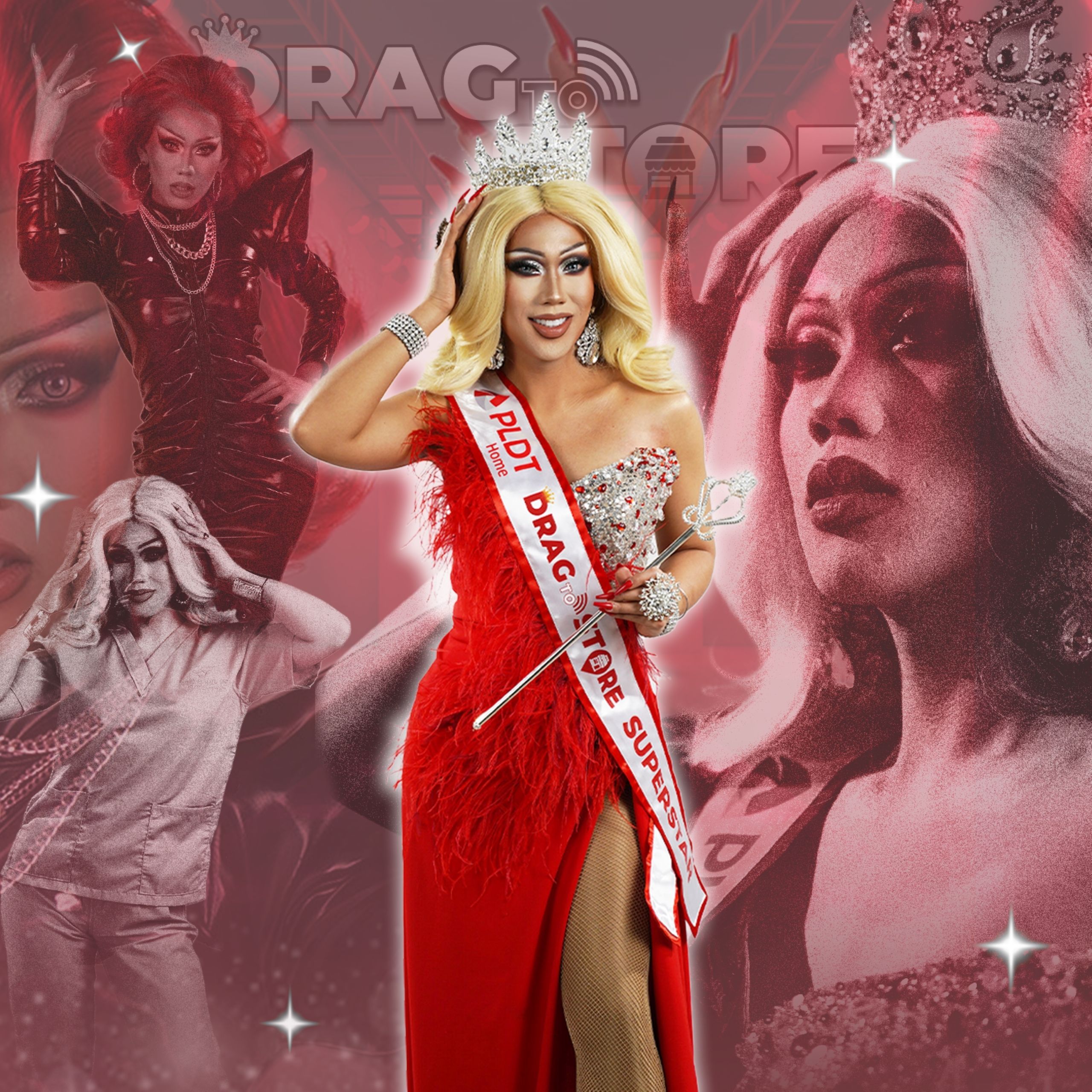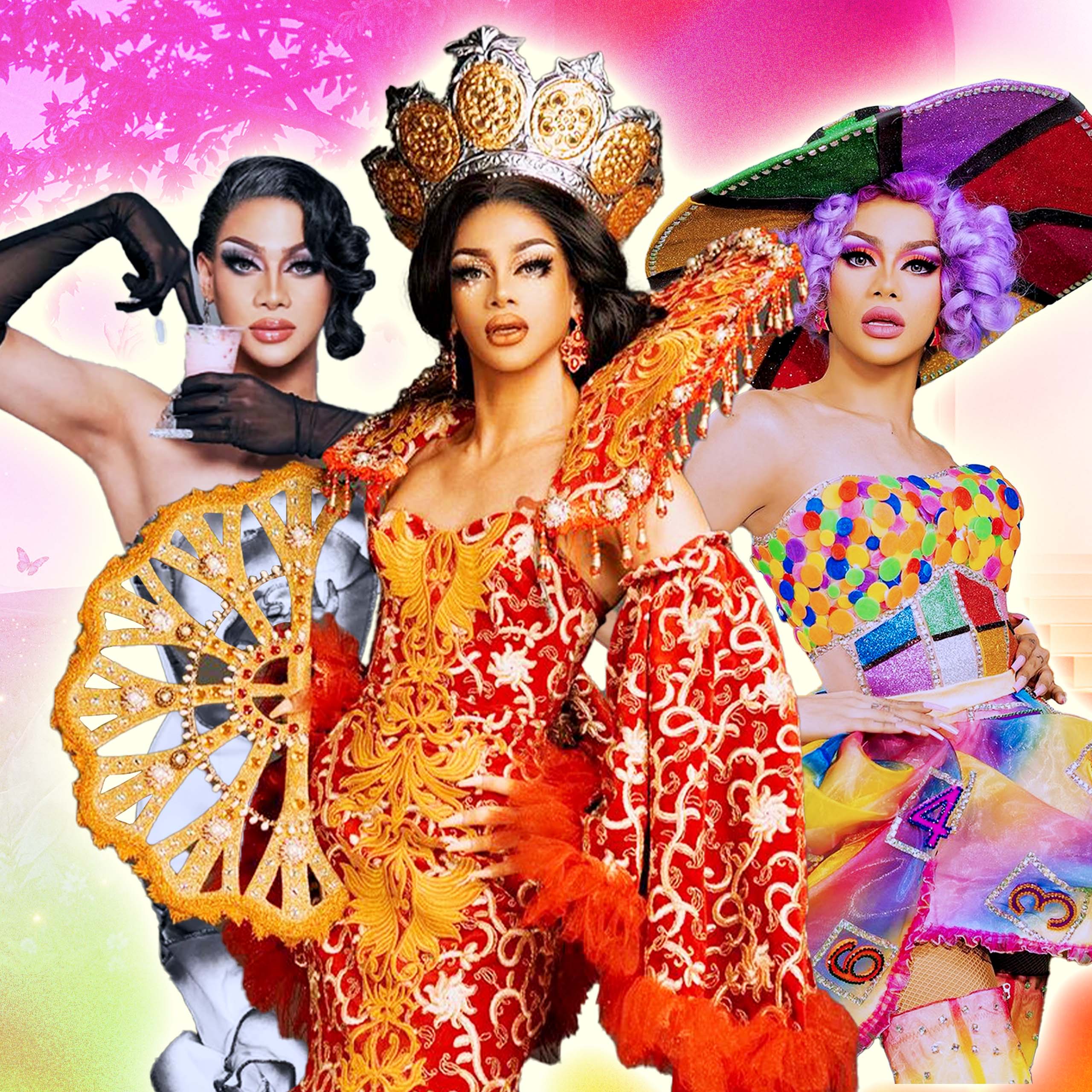Drag has changed how we perceive and consume fashion and beauty, making the world look more fun, daring, and exciting
Drag culture’s soaring ascent shapes the vast panorama of fashion and beauty. They’re all intimately connected like a three-way tango, merging and blending into an art of visual spectacle. The drag revolution is more than just a trend; it’s a cultural reset cultivating a universal willingness to accept queerness and its many shapes and forms.
Let’s look at how the exquisite hand of drag has reworked the world’s overall presentation of fashion and beauty.
Makeup Techniques
Many of today’s popular makeup techniques originated from drag queens. In 2012, Kim Kardashian brought contouring to the masses when she revealed the process of sculpting her face with makeup. Her makeup artist, Scott Barnes, became widely well-known for this routine: contour, highlight, and baking, which is now common practice. Before social media, drag queens have used this practice to create an impression of a more enhanced facial structure.
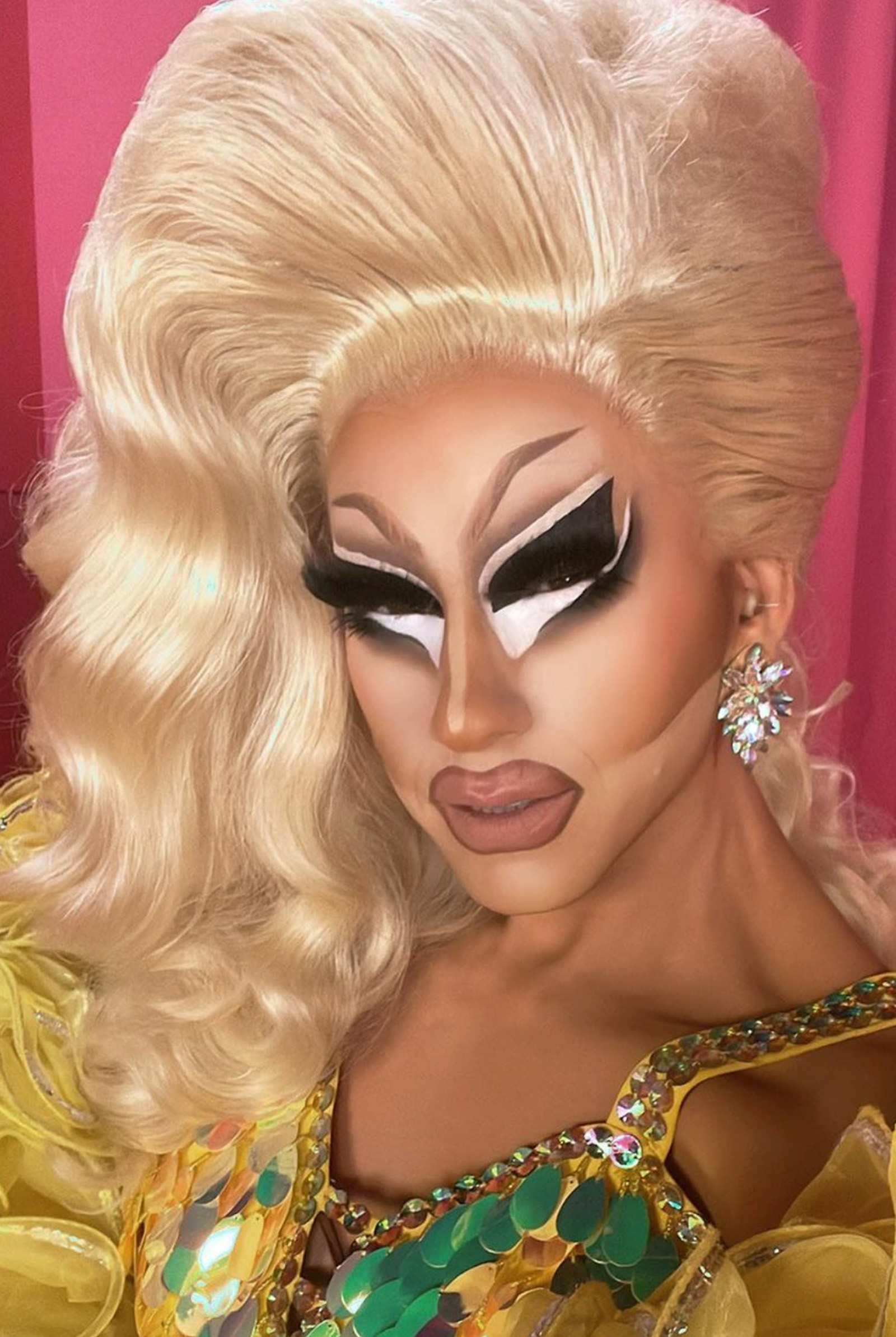
Extravagant Makeup
More vibrant colors and products are easily accessible to the market. Because of the allure of drag in the zeitgeist of today’s generation, whether you realize it or not, more people are willing to embrace being adventurous with makeup: intense eyeshadow, big lashes, and outlined lips. From pop stars to the everyday person, the template set by drag artists is a motivating force to feel the confidence and joy that the magic of makeup brings.
Gender Ambiguity
Drag is an exaggeration, mockery, and breaking of gender norms. Its prevalence influences how we grasp traditional beauty and fashion, normalizing, in a way, its ambiguity. Not so long ago, society harshly judged and insulted the self-expression of queer people. Nowadays, people celebrate and laud cross-gender styling and androgynous fashion as cutting-edge and progressive.
RELATED: Queer Fashion Finds Its Muse in Style Icon Sef Loseo
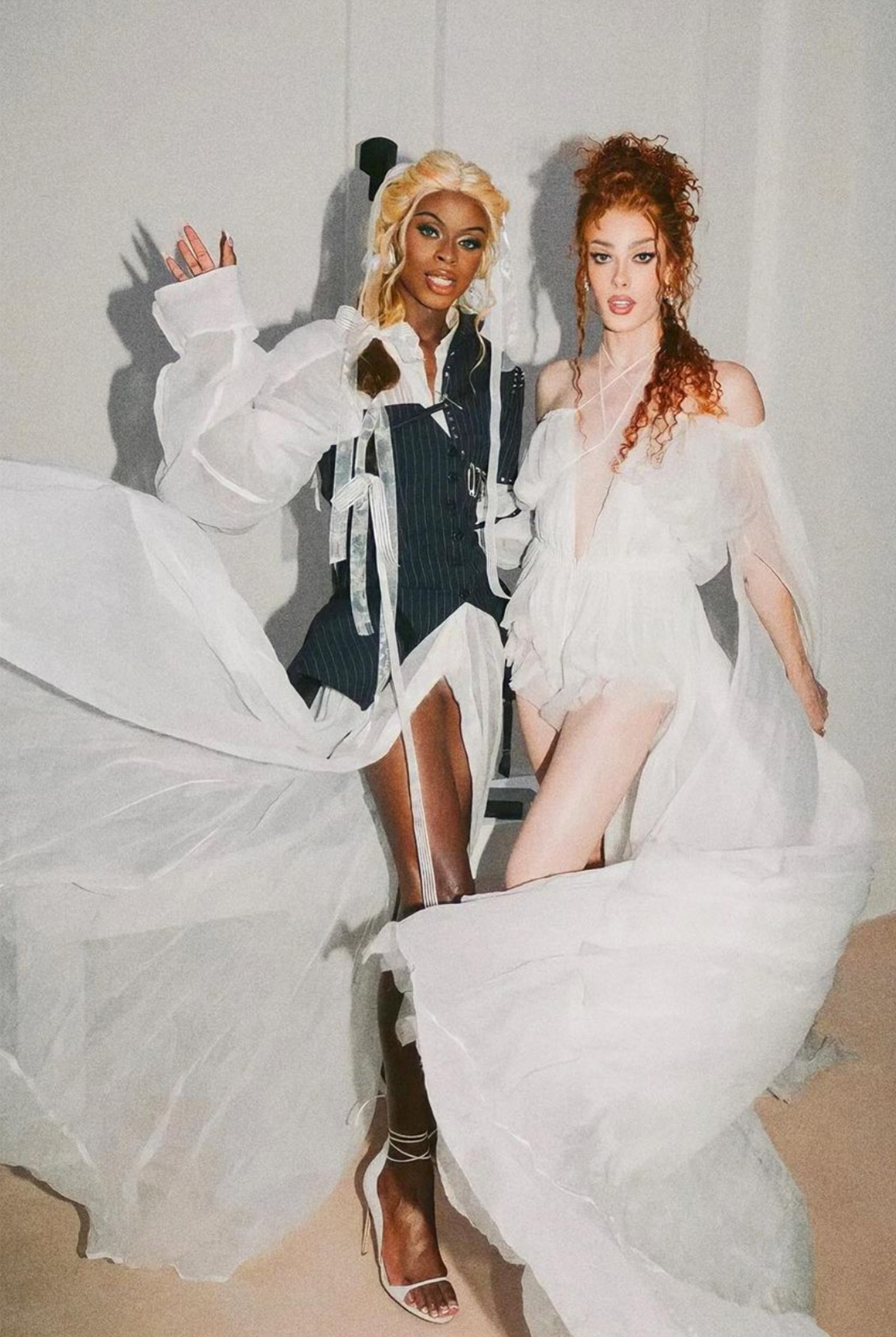
Representation
There’s a frenzy of in-demand engagements for drag artists in this day and age. They have dominated the scene in fashion shows, fronting beauty campaigns and attracting collaborations left and right. Every strut draws all eyes and adds another sparkle to everything they encounter. This is about asserting their power over molding industry trends while representing the rainbow community in blazing colors.
Exaggerated Silhouettes
Fashion has long been a creative driver for drag, today more than ever, as the world gets smaller because of the fast advancement of information. The mutual exchange deeply embeds its metamorphic power to express one’s identity, culture, or narrative. Over-the-top silhouettes, from exaggerated female curves to extraterrestrial shapes, have fired up the imaginations of many. Examples that permeated our consciousness are Violet Chachki’s literal breath-taking cinched waist, Jimbo’s giant fake breasts, and drag fashion designer Diego Montoya’s alien-like creations.
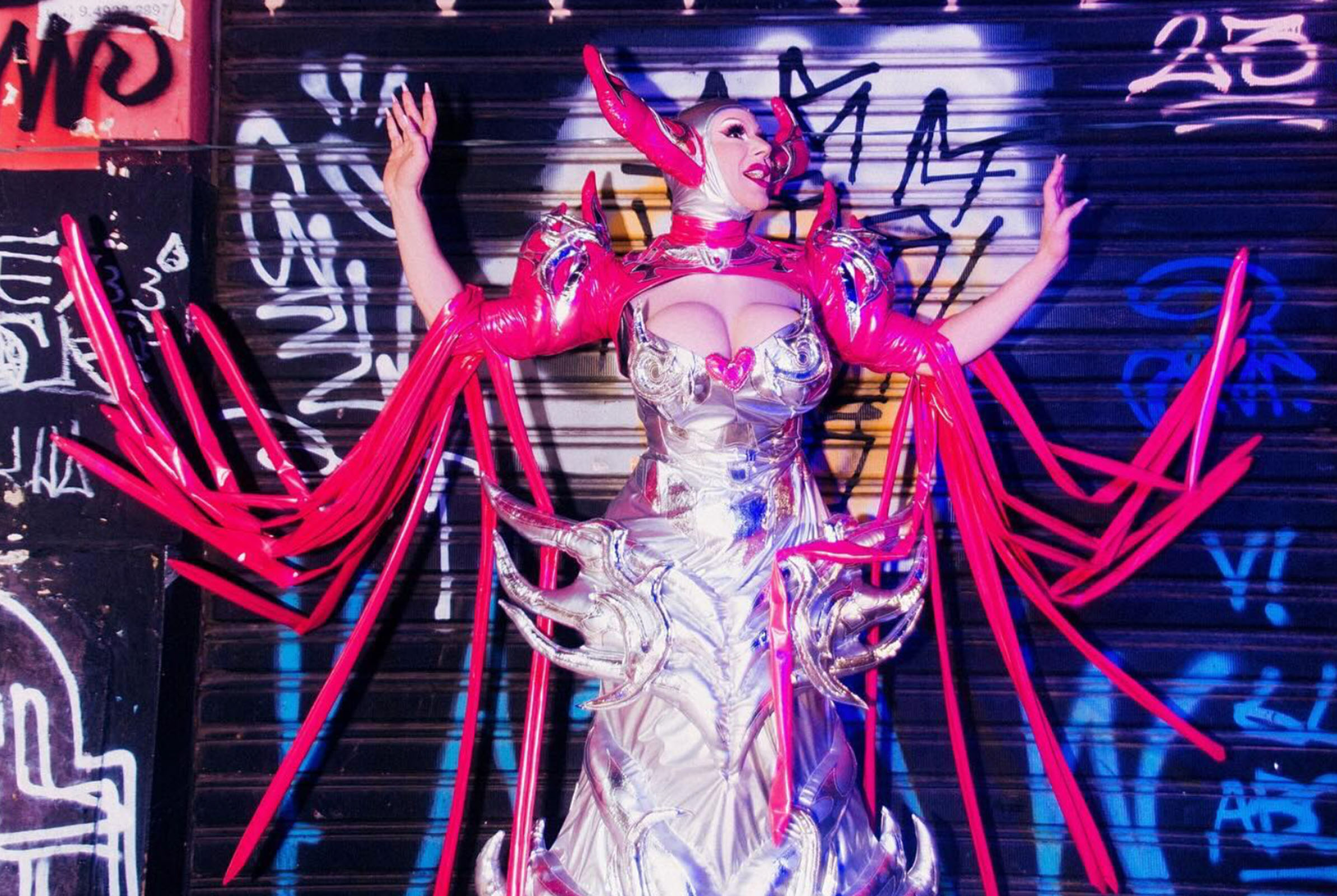
Theatricality, Camp, and Flamboyance
The 2019 MET Gala’s theme highlighted how the queer community, mainly embodied by drag artists, contributes to the drama, grandeur, wit, and excess of camp. Wigs are bigger. Costumes are louder. Everything is outright outrageous. Even the way we present ourselves, we sometimes have a sense of audacity and pageantry from watching too much Drag Race.
Special Mention
It is necessary to point out that the materialization of Lady Gaga in her early years as a pop star was the shock value that ignited a fabulous flame. Her emergence, along with the rise of RuPaul’s Drag Race, emboldened the queer community to take pride in presenting their style in distinctive aesthetics, paving the way for self-expression to be appreciated and celebrated by the wider audience. Lady Gaga’s legacy goes beyond altering the music industry; she carved the path for the othered to accept themselves and help the world understand them.








